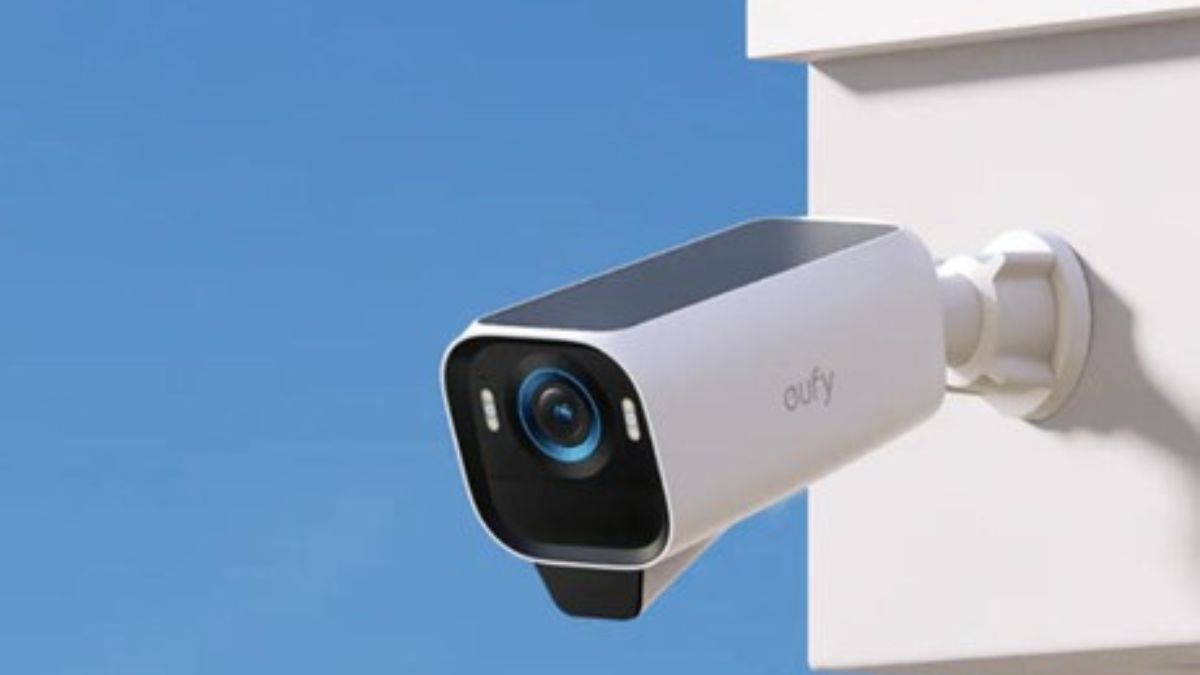In today’s digital-first world, data centers are the backbone of nearly every business operation. From streaming services and cloud computing to financial institutions and healthcare systems, the demand for reliable, high-performance data storage and processing is constantly growing. However, this increasing reliance comes with a significant challenge: energy consumption. Data centers are notorious for their high power usage, and optimizing their efficiency has become both an economic and environmental imperative. Maximizing data center efficiency not only reduces operating costs but also contributes to a more sustainable future. Here’s how organizations can power smarter and achieve top-tier efficiency in their data centers.
1. Assess and Monitor Energy Usage
The first step toward efficiency is understanding how your data center consumes power. Energy usage can vary widely depending on equipment, workloads, and environmental conditions. Implementing real-time monitoring tools allows facility managers to track electricity consumption, identify inefficiencies, and detect unusual spikes.
Metrics like Power Usage Effectiveness (PUE) are invaluable in benchmarking energy performance. A PUE ratio of 1.0 indicates perfect efficiency, though most data centers operate between 1.5 and 2.0. Regularly monitoring these metrics helps organizations pinpoint areas for improvement and set measurable efficiency goals.
2. Optimize Cooling Systems
Cooling is one of the most significant energy expenses in a data center, often consuming up to 40% of total power. Traditional cooling approaches can be inefficient, as excessive airflow and overcooling lead to wasted energy and higher operational costs. Modern efficiency strategies emphasize precision cooling, which concentrates airflow on specific hotspots rather than the entire facility.
Solutions such as hot-aisle/cold-aisle containment, air containment curtains, liquid cooling, and free-air economization help direct cooling exactly where it’s needed, minimizing energy waste while ensuring optimal equipment performance. By adopting these targeted cooling techniques, data centers can reduce utility bills, enhance reliability, and prolong the lifespan of critical infrastructure.
3. Upgrade to Energy-Efficient Hardware
Older servers and networking equipment often consume far more power than modern equivalents. Investing in energy-efficient hardware can have an immediate impact on operational costs. Many contemporary servers feature power scaling technologies, which adjust energy usage based on workload demand.
Solid-state drives (SSDs) also consume less energy than traditional hard drives while delivering faster performance. Virtualization further allows multiple workloads to run on a single physical server, reducing the number of active machines and minimizing overall energy consumption.
4. Implement Intelligent Power Management
Intelligent power management systems are essential for maximizing data center efficiency. These systems can automatically shut down idle servers, adjust voltage levels, and balance workloads across multiple machines to avoid overtaxing individual units. Combining this with predictive analytics enables data centers to anticipate demand fluctuations and allocate resources dynamically. Not only does this approach conserve energy, but it also improves system reliability and reduces wear and tear on equipment.
5. Embrace Renewable Energy Sources
Data centers powered by renewable energy sources such as solar, wind, or hydropower can significantly reduce their carbon footprint. Many tech giants are already investing in large-scale renewable projects to power their facilities. On a smaller scale, organizations can explore purchasing renewable energy credits or partnering with green energy providers. Beyond environmental benefits, integrating renewable energy can offer long-term cost stability by shielding operations from volatile fossil fuel prices.
6. Continuous Improvement Through Analytics
Maximizing efficiency is not a one-time task—it requires ongoing attention and improvement. Advanced analytics tools provide detailed insights into energy consumption patterns, equipment performance, and cooling efficiency. By leveraging these insights, data center managers can implement proactive maintenance, forecast energy needs, and continuously refine operational strategies. A culture of continuous improvement ensures that efficiency gains are sustained over time, keeping the data center both cost-effective and environmentally responsible.
In Conclusion
Data centers are the engines of the modern digital economy, but they are also among its most energy-intensive components. By assessing energy usage, optimizing cooling, upgrading hardware, implementing intelligent power management, and embracing renewable energy, organizations can maximize efficiency while reducing costs and environmental impact. In an era where sustainability and operational excellence are increasingly intertwined, powering smarter is no longer optional—it’s essential. Efficient data centers not only support business growth but also contribute to a greener, more sustainable future for all.






